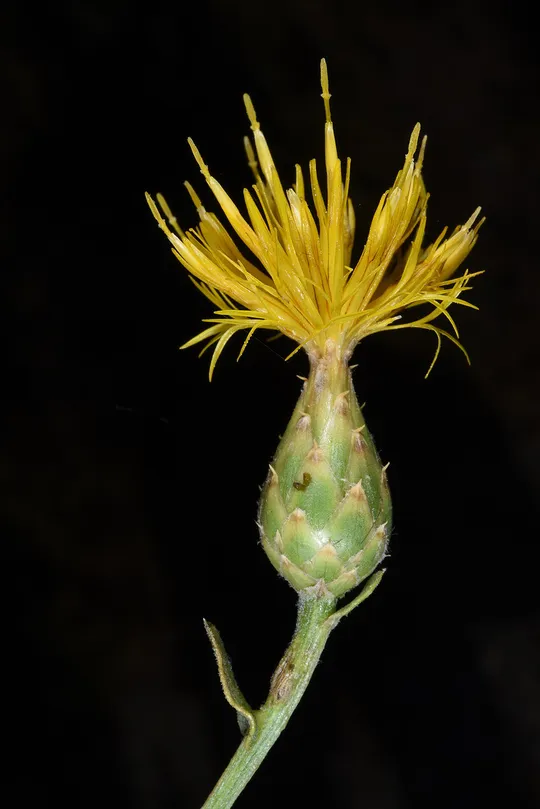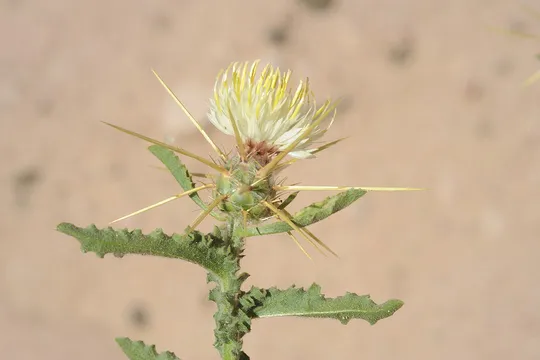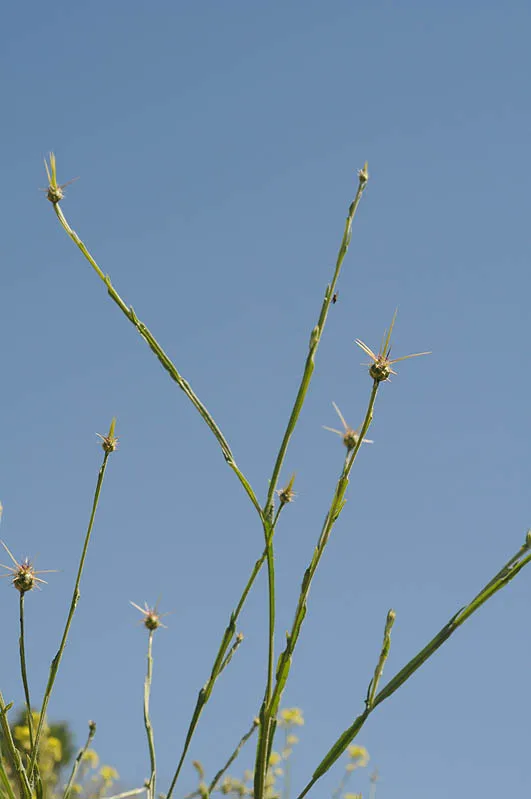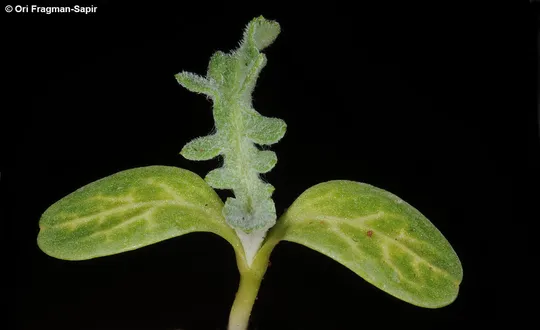Centaurea pumilio
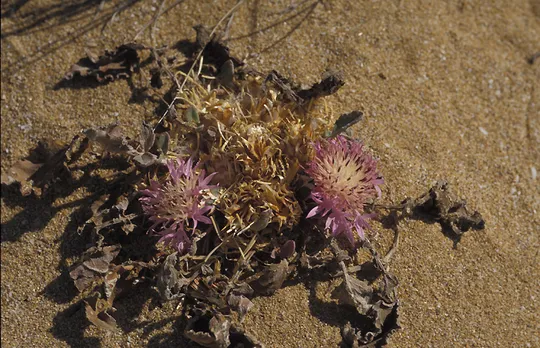
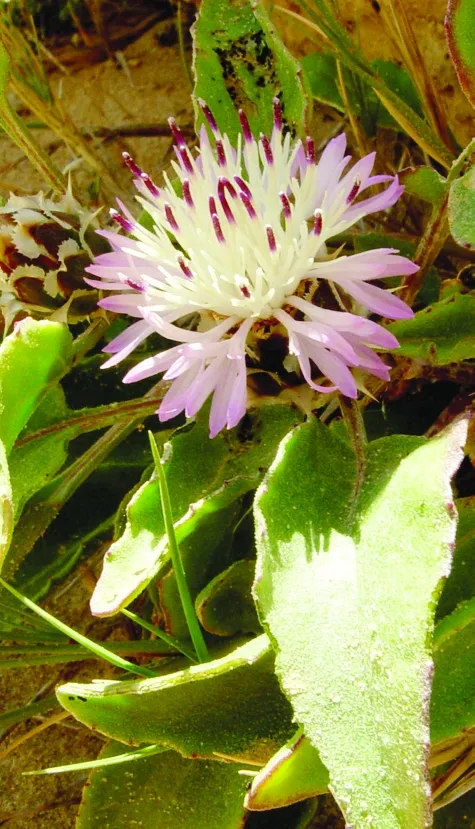
the past Centaurea pumilio was collected in
two regions: the Carmel Coast and the Philistian Plain – where it was collected
on the Tel Aviv beach in the 1920s. The Tel Aviv population probably became extinct in the 1950s. In the Flora Palaestina there is
a record from the Sharon region. Now C.
pumilio is found
only on the Carmel Coast in a series of sites on sand and calcareous sandstone
adjacent to the seashore: Kfar Samir, HaHotrim, Megadim, Atlit and Neve Yam.
Sand, crumbly calcareous sandstone or sand-covered calcareous sandstone in the sea spray zone. On the playa
zone near the water line Centaurea
pumilioappears together with Ipomoea imperati and Salsola
tragus. On
calcareous sandstone substrates it grows with Coridothymus
capitatus, Thymelaea hirsuta,
Sarcopoterium spinosum and Retama raetam.
The genus Centaurea is huge and includes 500 species, found throughout
Eurasia and North Africa. Two species grow in North America and
one species migrated to Australia. The Centaurea center of diversity is in the Mediterranean region, where more than 280 species grow. The center
of speciation and evolutionary activity is in Turkey, where
172 different species of Centaurea grow. In Israel 21 species inhabit a wide variety of habitats and
ecosystems. The genus Centaurea includes only two species, both of which grow on the beaches of the eastern Mediterranean Basin. The second species, C.
aegiaphila, grows on the beaches of Turkey, Crete and has also been recorded
from the coast of Egypt (Boulos, 1999). Only on Cyprus does the species inhabit limestone slopes up to an altitude of 2000 meters.
In his monograph (1974) on
the genus Centaurea, Professor Wignitz, merged the two coastal species of the genus Aegialophila with
the genus Centaurea, and subsequently the scientific name and the Hebrew name were changed.
• Centaurea
pumilio grows at 19 sites, which are all in close proximity in a single region – the Carmel Coast. Hundreds of plants were
counted in some populations, and the largest population,
on HaHotrim beach, was estimated at 20,000 in 1994 on an area of 33
hectares.
•
The sand and
calcareous sandstone habitat is unique and extends along a coastal
strip subject to intense anthropogenic activity, and is highly
sensitive to
development. The development of the Carmel coastal beaches may threaten the populations and lead to their extinction.
• There is no
knowledge regarding the conservation status of C. pumilio on coastal areas in Egypt and Libya. The
recreational pressure in Egypt is probably no different
than that in Israel and in Libya the species is very rare. Consequently, preservation of C. pumilio in Israel is very important
from a global aspect as well.
The coastal section between Neve
Yam and the southern outskirts of Haifa should be preserved. Selected sites should
be fenced and signposted and vehicular, recreational and bathing activity should
be prohibited in them.
Centaurea pumilio grows on sandy beaches only in Israel, in Egypt and in Libya. A very close species to C. pumilio grows on the beaches of Turkey and Cyprus. The expert on the genus Centaurea who analyzed the species for the Flora of Turkey noted (Davis, 1975; vol. 5) that in southern Turkey there is a transition form between two Centaurea species.
Centaurea pumilio is an annual herbaceous
species that grows in only in one region in Israel – the Carmel
Coast, in sand and calcareous sandstone
habitats near the sea. The habitat
is sensitive to disturbance and development. Moreover, this is a southern peripheral
species whose global distribution is very limited. Conservation efforts should be directed at protecting the coastline between Neve Yam and the southern
entrance of
Haifa
ויזל י.,ליטב מ., ואגמי מ. 1975. צמחי חוף הים בישראל. הוצאת המדור לאקולוגיה, המחלקה לבוטניקה, אוניברסיטת תל אביב.
Current Occupancy Map
| 1000 squre meter pixel | 5000 squre meter pixel | 10000 squre meter pixel | |
|---|---|---|---|
| number of observations | 0 | 0 | 0 |
| in total pixels | 0 | 0 | 0 |
| Family | Asteraceae |
| Classification | On the endangered species list |
| Ecosystem | Mediterranean on Coastal area |
| Chorotype | Eastern Mediterranean |
| Conservation Site | Coastal section North of Wadi Oren Estuary |
| Rarity |
1
2
6
|
|---|---|
| Vulnerability |
0
4
4
|
| Attractiveness |
0
2
4
|
| Endemism |
0
0
4
|
| Red number |
1
4.7
10
|
| Peripherality | S |
| IUCN category | DD EW EX LC CR EN VU NT |
| Threat Definition according to the red book | Endangered |
 Based on:
Based on:
